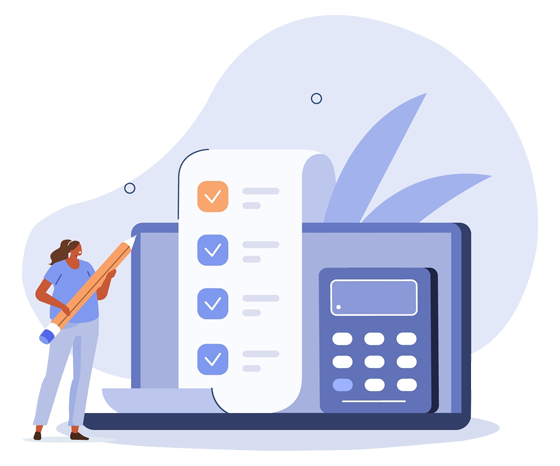
Customers register their phone numbers when they "opt in" to SMS marketing so they can receive exclusive offers from companies they are interested in. This is one strategy organisations may use to boost sales and brand recognition while also giving clients access to the most recent news regarding occasions, figures, special offers, etc.
Opting out of an organization's SMS marketing campaigns is the exact opposite of opting in. To unsubscribe, customers usually SMS a word or phrase such "QUIT," "OPT-OUT," "UNSUBSCRIBE," "CANCEL," or "STOP." With the SMS STOP command functionality, bulk SMS opt-out is straightforward and you may preserve subscriber lists that automatically delete themselves.
Next, let's count the number of opt-in groups and examine their differences.
In SMS marketing, a double opt-in occurs when a company asks customers to text back "YES" to affirm that they wish to take part in its next marketing campaigns. This behaviour is not normally required by texting laws, but it is recommended. By doing this, you can draw in subscribers who are really interested in what you have to offer and won't complain if they receive spam.
The easy opt-in is an exception to the Privacy and Electronic Communications Regulations. It states that you may send marketing communications using the contact information you obtained from customers who made purchases or expressed interest in your products or services. It primarily targets customers who are already acquainted with your brand. However, given how ambiguous it is, it is suggested that you obtain consent before sending any client correspondence.
You are able to begin sending marketing communications to your clients without their permission by using a simple opt-in, commonly referred to as a single opt-in. The disadvantage of this opt-in technique is that there is no room for error. People may accidentally provide incorrect phone numbers if they don't have the chance to fix their mistake. This method works well if you're short on time and need a huge contact list straight once, but the list might not be of high quality.
Next, let's count the number of opt-in groups and examine their differences.
Tell them why you need their approval and why (marketing purposes, updates, etc.). Don't go bonkers listing all the advantages your company provides. You want to entice them in rather than immediately close the purchase.
Always let your customers make the final decision. Include an opt-out statement, such as "Send STOP to unsubscribe," at the end of every message.
Keep the information in your SMS opt-in messages to a minimum. Your introductory message should only contain one incentive.